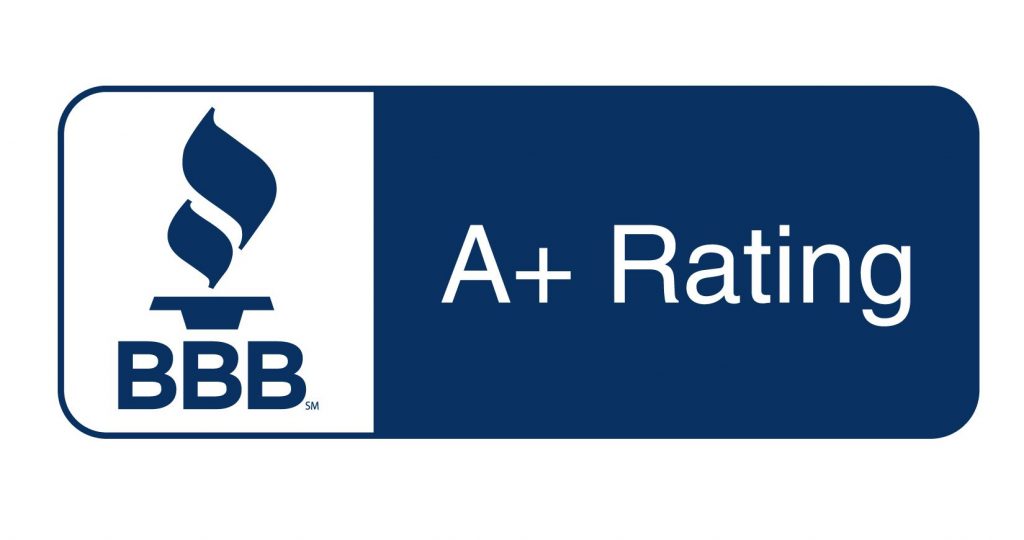Inflation Reduction Act – Inflation has been a hot topic over the last year, and with the release of the Inflation Reduction Act, it’s gotten even more attention. The Act included many facets, but today, we’re going to talk about how it will impact your prescription costs with the Medicare program.
Prescription Drug Cost Negotiation
We’re all aware of the high cost of prescription drugs, especially specialized medications. Prior to the Inflation Reduction Act, Medicare was not allowed to negotiate prices with pharmaceutical companies. Starting in 2026, that changes. At that time, Medicare will start negotiating the prices of prescription drugs that have cost the program the most money. It will negotiate the prices of 10 prescriptions in the first year, 15 in 2027, 15 in 2028, and 20 in 2029 and beyond.
While there is not an official list of drugs that will be negotiated, many believe prescriptions such as Eliquis, Januvia, Xarelto, Myrebetriz, Xtandi, Imbruvica, and Orencia will be high on the list.
Limits on Out-of-Pocket Spending
Right now, there is no limit on beneficiaries’ drug costs. You’re partly protected during catastrophic coverage, but there is no actual cap on your out-of-pocket responsibility. In 2025, Part D spending will be capped at $2,000 per year. Once you hit that amount, you will not pay any coinsurance for prescriptions that are covered by your plan. That cap will increase in subsequent years, but the increase will be based on Medicare’s annual spending. For example, if the program spends 5%, the limit will be increased to $2,100.
Inflation-Protected Price Increases
Starting in 2023, pharmaceutical manufacturing companies will have to send rebates to Medicare if their drug prices increase faster than inflation. This should help reduce price increases, which historically (2019-2020) increased faster than the rate of inflation.
Limits on Premium Increases
Premium increases will also be limited starting in 2024. Every year, the Center for Medicare and Medicaid Services (CMS) sets a “national base beneficiary premium” for Medicare Part D plans. While premiums vary by carrier and plan, the national base premium is factored into those prices, as well as Part D late-enrollment penalties. As of 2024, the national base premium will not increase by more than 6% annually.
Costs During Catastrophic Coverage
Catastrophic coverage is the fourth and final phase of Part D coverage. You enter catastrophic coverage when you have spent a certain amount on your covered medications. Currently, your coinsurance during catastrophic coverage is limited to 5%. However, in 2024, there will be no coinsurance payments required. This part of the Inflation Reduction Act is only relevant to the year 2024 since the out-of-pocket spending limit goes into effect in 2025.
Limits on Insulin Costs
Some Part D plans participate in Medicare’s Insulin Savings Program. If they do, that means the price of insulin is limited to $35 per refill. Next year (2023), all Part D plans will have insulin cost-sharing prices capped at $35. In addition, the Part D deductible will not apply to insulin.
Vaccine Coverage
Vaccines that fall under Part D coverage will have no cost-sharing or deductible requirements in 2023. For many beneficiaries, this is a relief as the shingles vaccine would often cost individuals several hundred dollars.

Extra Help Expansion
Extra Help is a nationwide program offered to Medicare beneficiaries with limited incomes. It helps pay for Part D premiums and also limits cost-sharing responsibility to $1.35 on generic drugs and $4 on brand-name drugs. In addition, those with Extra Help were not responsible for the Part D deductible, late-enrollment penalties (if applicable), or increased pricing during the Medicare coverage gap.
Currently, Extra Help is only available to those whose income is less than 135% of the FPL (Federal Poverty Level). In 2024, that threshold will be moved to 150% of the FPL.





